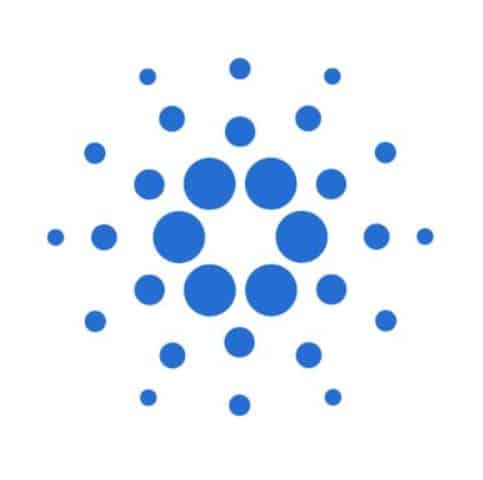The Cardano (ADA) team has begun to investigate the viability of “stableFees” that will set a base price for crypto transactions. Cardano is working on a new research project or mechanism to help make transaction fees fair, stable and more predictable over time, according to a new blog post by the parent company of the IOHK network.
Read Also: Nasdaq Admire Cardano As “By The People, For The People” Type Of Currency
A blog titled “Stablefees and the Decentralized Reserve System” explains that a good system must have a mechanism to adjust transaction costs so that it can remain sane and competitive.
IOHK writes:
“we explore a new mechanism that builds on Cardano’s approach to ledger rules and system assets, and complements the Babel fees concept. The systems should also allow the users to discover the correct price for timely transaction processing, depending on their individual needs.”
IOHK emphasize why not to Drop transaction fees altogether by three main reasons.
- It is necessary to prevent the saturating of the network with worthless transactions from transaction issuers.
- Transaction processors should be given incentives to provide quality services.
- To incentivize people so that they participate in ADA staking and can earn rewards.
On Cardano network fees are charged per the size of the data. Cardano Smart contracts predetermined equations calculate the size of transactions in Bytes where as in Ethereum network, Fees are charged depending upon the effort required to compute and execute transactions. That is why ETH transactions become very expensive at the peak times where people have to pay more for faster transaction processing.
The basic idea behind Stablefees is to set a base price for transactions by linking them to a basket of currencies or goods. This will involve creating native smart contract that will act as a decentralized reserve, issue and manage one stablecoin tied to a specified basket.
ADA will play a dual role: serving as a reserve asset for a decentralized smart contract and as a staking reward currency.
IOHK Writes:
“The core idea behind Stablefees is to have a base price for transactions through pegging to a basket of commodities or currencies. Stablefees includes a native “decentralized reserve” contract that issues and manages a stablecoin pegged to the basket. A comparison in the fiat world might be the International Monetary Fund’s SDR, (established in 1969) and valued based on a basket of five currencies—the U.S. dollar, the euro, the Chinese renminbi, the Japanese yen, and the British pound sterling. The stablecoin — let’s call it “Basket Equivalent Coin” (BEC) — is the currency used for paying transaction fees (and all other real world pricing needs of the platform, e.g., SPO costs).
In this system, ada will play a dual role: Reserve asset of the decentralized reserve, and reward currency for staking. It will also be the fall-back currency in extreme scenarios where the reserve contract is in a liquidity crunch. Before a transaction, the issuer will have to obtain BECs, either via other third parties or directly by sending ada to the decentralized reserve contract. On what basis will the reserve issue BECs? The reserve contract will also issue equity shares -we will call them decentralized equity coins (DECs)-, in exchange of ada. Leveraging the value of DECs, the decentralized reserve will often adjust the value of BEC so it is pegged on the underlying basket of commodities. In other words, DECs will absorb the fluctuations of ada vs. the basket to ensure that the real-world value of BECs remains stable (cf. the AgeUSD stablecoin design that has been already deployed and used on Ergo).”
Users will need to own BECs by buying them or exchanging ADA for BECs under a decentralized reserve contract. The smart contract will issue BECs to users on a variety of grounds, and will also issue decentralized equity coins (decks) in exchange for ADA. The smart contract will use the value of the BEC using the value of the decks so that the BEC is tied to the underlying basket of goods.
On-chain analysis platform Weiss Crypto says:
#Cardano researching ‘Stablefees’ that offers fair and predictable transaction pricing. This could be an excellent idea and something that could become standard for all smart contract platforms.#ADA
— Weiss Crypto (@WeissCrypto) June 11, 2021
The fact of the matter is having your costs priced in exponentially growing assets is bad for smart contract platforms. Glad to see Cardano innovating once again.
— Weiss Crypto (@WeissCrypto) June 11, 2021
DisClamier: This content is informational and should not be considered financial advice. The views expressed in this article may include the author's personal opinions and do not reflect The Crypto Basic opinion. Readers are encouraged to do thorough research before making any investment decisions. The Crypto Basic is not responsible for any financial losses.



